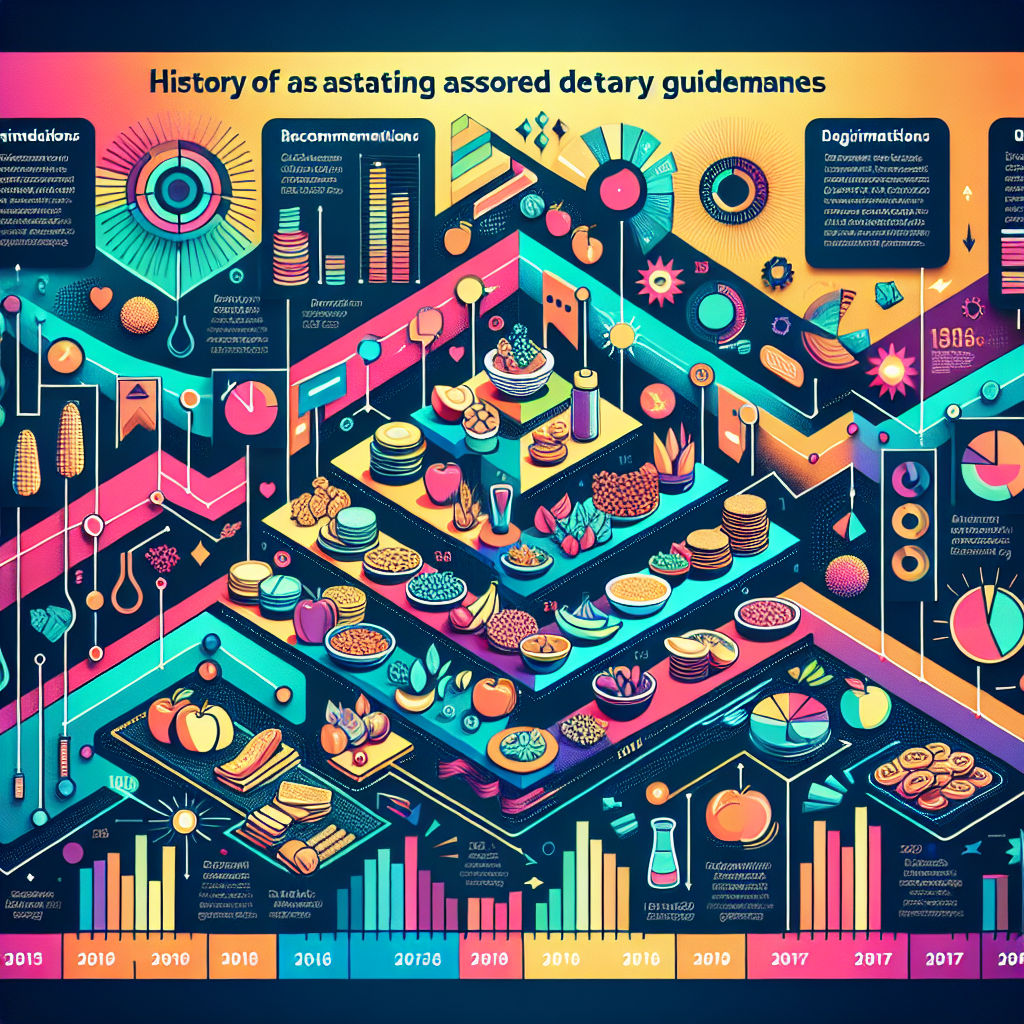Understanding Macronutrient Balance for Overall Health
Understanding macronutrient balance is crucial for achieving optimal overall health. The Dietary Guidelines recommend a balanced intake of three main macronutrients: carbohydrates, proteins, and fats. Carbohydrates are the body’s primary source of energy and should constitute around 45-65% of daily caloric intake. Emphasizing complex carbs like whole grains, vegetables, and fruits supports stable energy levels and overall health. Proteins play a key role in building and repairing tissues, and the recommended intake ranges from 10-35% of daily calories, with sources such as lean meats, poultry, fish, beans, and nuts. Lastly, fats are essential for nutrient absorption and should make up 20-35% of daily calories, with an emphasis on healthy fats like those found in avocados, nuts, seeds, and olive oil. Understanding and maintaining the balance of these macronutrients is vital for supporting overall health and well-being.
The Role of Micronutrients in a Balanced Diet
When it comes to maintaining optimal health, the role of micronutrients in a balanced diet cannot be overstated. Micronutrients, including vitamins and minerals, play a crucial role in various physiological functions, such as energy production, immune system support, and cellular repair. The Dietary Guidelines emphasize the importance of consuming a variety of nutrient-dense foods to ensure adequate intake of essential micronutrients.
Vitamins, such as vitamin C, D, and E, as well as minerals like iron, calcium, and potassium, are vital for overall well-being. These micronutrients are commonly found in fruits, vegetables, whole grains, lean proteins, and dairy products. The guidelines recommend prioritizing whole foods over supplements to obtain these essential nutrients, as whole foods often contain a complex matrix of micronutrients that work synergistically for optimal absorption and utilization by the body.
Incorporating a colorful array of fruits and vegetables into daily meals is a practical way to enhance the intake of micronutrients. For example, leafy greens are excellent sources of vitamin K, while citrus fruits provide ample amounts of vitamin C. Additionally, including a variety of nuts and seeds in the diet can offer a rich supply of essential minerals, such as magnesium and zinc.
By focusing on a diet abundant in micronutrient-rich foods, individuals can better support their overall health and reduce the risk of nutrient deficiencies, which can lead to various health complications. Prioritizing a balanced intake of micronutrients is a cornerstone of the Dietary Guidelines for Americans and is essential for achieving and maintaining optimal health.
Practical Tips for Implementing Dietary Guidelines
Implementing the dietary guidelines for optimal health may seem like a daunting task, but with the right practical tips, it can become a seamless part of your lifestyle. One key recommendation is to focus on variety and nutrient density in your food choices. This means incorporating a colorful array of fruits and vegetables, lean proteins, whole grains, and healthy fats into your meals. By doing so, you can ensure that your body receives a wide spectrum of essential nutrients.
Another important aspect to consider is portion control. Even healthy foods can contribute to weight gain if consumed in excessive amounts. Be mindful of portion sizes and consider using smaller plates to help with portion control. Additionally, practice mindful eating by paying attention to hunger and satiety cues, which can help prevent overeating.
It’s also crucial to limit the intake of added sugars, sodium, and saturated fats. Opt for natural sources of sweetness, such as fruits, and be mindful of hidden sugars in processed foods. When seasoning your meals, experiment with herbs and spices as flavorful alternatives to salt. For fats, prioritize sources like nuts, seeds, and avocados, and limit the consumption of high-fat dairy and processed meats.
Lastly, staying hydrated is often overlooked but is a key component of a healthy diet. Aim to drink plenty of water throughout the day and reduce the intake of sugary drinks and excessive caffeine.
By following these practical tips and making gradual, sustainable changes to your eating habits, you can effectively implement the dietary guidelines for optimal health and well-being.



